- Established 1982 -HOME: www.hiltonpond.org
THIS WEEK at HILTON POND Subscribe for free to our award-winning nature newsletter (Back to Preceding Week; on to Next Week) |
LITTLE BEADY RED THINGS, More than 30 years ago we got a reputation as "Leaf Thief of York" from our autumn proclivity for riding down streets of a town near Hilton Pond Center, stopping now and again to load big black plastic bags left at curbside. The bags were gold to us--filled with leaves local homeowners had spent all weekend laboriously raking from their environmentally unfriendly lawns. These bounty-laden leaf bags were destined for a trip to York County's landfill to be buried 'neath mounds of red mud, never again to see the light of day--but we had a more productive fate in mind for them.
All text, maps, charts & photos © Hilton Pond Center Our plan was a bit quirky, albeit fulfilling: We hauled the big bags back to Hilton Pond and re-scattered their contents across our acreage, bringing in biomass that would decompose to enrich local soil depleted by at least a century of intensive farming. We soon learned, however, leaves were not the only contents of those bags; come spring, unexpected flowers, shrubs, and trees began to appear--produced from seeds and berries that likewise had been raked and bagged. Among the fastest growing plants from our cache were Loblolly Pines that sprouted from seed and took off toward the light, eventually reaching impressive heights (above, at sunset on 7 February 2021).
All text, maps, charts & photos © Hilton Pond Center Three decades later, those tall, slender, fast-growing loblollies tower above many of the Center's other trees, but a couple have been killed by Southern Pine Beetles, Dendroctonus frontalis, whose larvae tunneled into the tree's living tissue and disrupted water and nutrient flow. One of those dead-standing snags (above) that hosted Red-bellied Woodpecker nests in several successive years toppled to the ground this week, exposing something that caught our attention.
All text, maps, charts & photos © Hilton Pond Center When the dead tree hit the ground, impact loosened and popped off scaly pine bark near one of the woodpecker holes (above), revealing a bright red spot. To our naked eye the colorful mass looked to be granular or made of hundreds of tiny round structures.
All text, maps, charts & photos © Hilton Pond Center "Aha!" we exclaimed to no one in particular, thinking we knew exactly what we were examining. On several occasions we had encountered something quite similar in insect egg masses, as when a Juno Longwing butterfly deposited her nicely spaced cluster (above) on the underside of a leaf in Costa Rica.
All text, maps, charts & photos © Hilton Pond Center However, when we got out our macro lens and took closer photos, we realized what we had found on the dead pine might not be insect eggs after all. In initial macro view (above), the tiny red spheres weren't uniform in size and some that had fallen over looked to have some sort of stalk or stem attaching them to the wood. And they certainly weren't evenly spaced like the butterfly eggs.
All text, maps, charts & photos © Hilton Pond Center Just above is an even closer view showing the red spheres were jammed closely together, almost as if they had sprouted from the bark and competed for available space. And, in fact, that's exactly what had happened. These weren't insect eggs after all, so you can understand our initial confusion when we explain they were fruiting bodies of Leocarpus fragilis, known commonly as--get this--"Insect Egg Slime Mold."
All text, maps, charts & photos © Hilton Pond Center Slime molds are enigmatic organisms once classified as fungi but now (perhaps) in their own group, Myxomycetes, the True Slime Molds. (Their actual taxonomy is in flux and too complicated to outline or argue here.) Basically, some slime molds are amoeba-like creatures that dine on bacteria and fungi that themselves thrive on dead plant matter--such as the fallen pine tree at the Center. This type of slime mold--including the species at hand--spends the bulk of its life in a plasmodial stage (above), creeping along and consuming microscopic prey. When environmental conditions warrant the slime mold organizes and changes form--producing fruiting bodies like the ones in our earlier photos. These decompose and disappear quickly after releasing spores that become a slime mold future generation.
All text, maps, charts & photos © Hilton Pond Center Insect Egg Slime Mold is the second myxomycetan we've identified at Hilton Pond Center, the first being Chocolate Tube Slime Mold, Stemonitis sp. Often found on decaying hardwoods, its fruiting bodies are shown above. (There may be 18 species in this genus; since they are differentiated by complicated microscopic analyses, we did not take our identification further.) All text, maps, charts & photos © Hilton Pond Center HERE COME THE HUMMINGBIRDS Having been entertained all winter by a record number of Pine Siskins, it's time to cut back on sunflower seeds--we used more than half a ton from October through February at Hilton Pond Center--and buy bags of cane sugar as we ready for an expected spring influx of Ruby-throated Hummingbirds (RTHU). This time of year we get a frenzy of phone calls and e-mails from folks wondering if it's too soon to hang a hummer feeder. Our answer is always the same: "It depends on where you live." And then we offer our RTHU migration maps and explanation below.
All text, maps, charts & photos © Hilton Pond Center As a migratory species (see map above), ruby-throats for the most part bail out of their North American breeding grounds (red on map) by mid-October and head for the Neotropics (blue) as far south as western Panama. (No U.S. hummer goes to South America, and a relatively few RTHU attempt to and/or successfully overwinter in areas marked in green on the map.) After several months in Mexico or Central America--where RTHU go through a complete molt of body and flight feathers--males begin returning north, some as soon as early February.
All text, maps, charts & photos © Hilton Pond Center Here at Hilton Pond near York SC our earliest UNBANDED males arrived on 27 March in four years (1991, 2011, 2014, and 2017). Interestingly, our earliest BANDED male came on 26 March 2015--that's him above--having been the one captured "early" at the Center on 27 March the preceding spring. This bird demonstrated amazing pinpoint site fidelity AND remarkable timing. All text, maps, charts & photos © Hilton Pond Center (Click on map above for a larger version in a new browser window) As shown on the map above, Hilton Pond lies just south of the 1 April average early arrival date for Ruby-throated Hummingbirds. With 27 March actually documented as our frequent early date, we like to have a couple of half-full feeders deployed ten days in advance. Thus, at our latitude, St. Patrick's Day (17 March) is a good way to remember when to get ready. Our general advice to all is to have a feeder in place about ten days ahead of the early arrival date for your location, as shown on the map. Better to be a little early than a little late if you want to attract the earliest hummers to your feeder--and to earn this year's first-bird bragging rights among your neighbors! (NOTE: Don't forget to keep your feeders clean and fresh, changing out the sugar water at least weekly in cool weather, every third day when things warm up.) All text, maps, charts & photos © Hilton Pond Center HILTON POND SUNSETS "Never trust a person too lazy to get up for sunrise
All text, maps, charts & photos © Hilton Pond Center Sunset over Hilton Pond (above), 9 March 2021 SIGNIFICANT RETURNS/RECAPTURES Although we banded only 76 birds of seven species during the 1-10 March 2021 period, we had a interesting assortment of recaptures banded locally in previous years. Most remarkable were seven "old" American Goldfinches (below, in non-breeding plumage), the most elderly of which was banded here in February 2016; in his seventh year, he is our oldest AMGO of record at Hilton Pond Center. Other notable goldfinches included males aged as after-6th-year, 6th-year, after-5th-year, and 4th-year; and female AMGO as after-3rd-year and after-4th-year. We also recaptured a 7th-year White-throated Sparrow from February 2016 that is also our oldest for its species.
All text, maps, charts & photos © Hilton Pond Center If you're not in the habit of scrolling down after viewing our "This Week at Hilton Pond" photo essay, please rememebr to do so. In sections below we include lists of all birds banded or recaptured during the period, acknowledge recent donors to Hilton Pond Center and Operation RubyThroat, offer random nature notes, and enumerate new species for the Center's annual Yard List. All text, maps, charts & photos © Hilton Pond Center Photoshop image post-processing uses DeNoise AI, Sharpen AI , and other Topaz Lab tools
Checks also can be sent to Hilton Pond Center at: All contributions are tax-deductible on your Don't forget to scroll down for Nature Notes & Photos, |
|---|
|
"This Week at Hilton Pond" is written and photographed by Dr. Bill Hilton Jr., executive director of Hilton Pond Center for Piedmont Natural History
|
|
|
Please refer "This Week at Hilton Pond" to others by clicking on this button: |
|

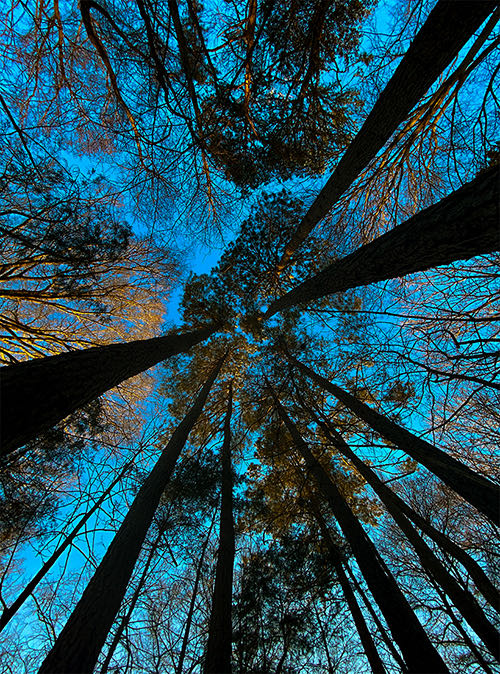
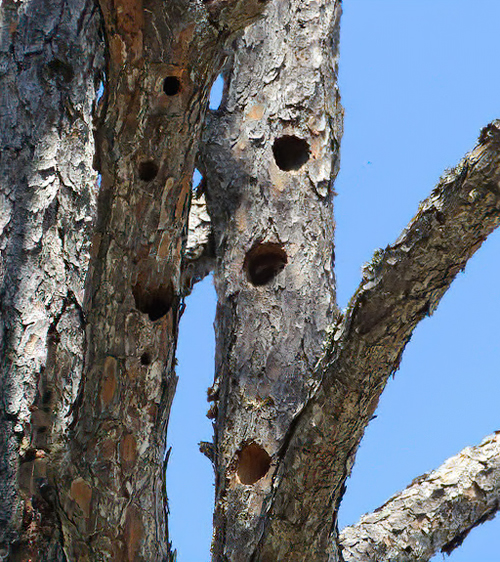

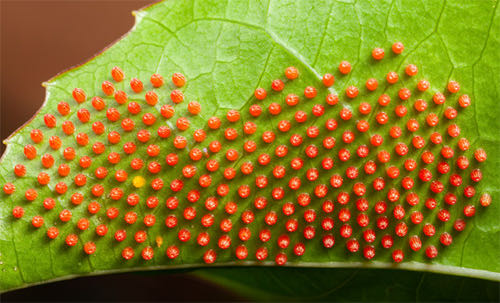


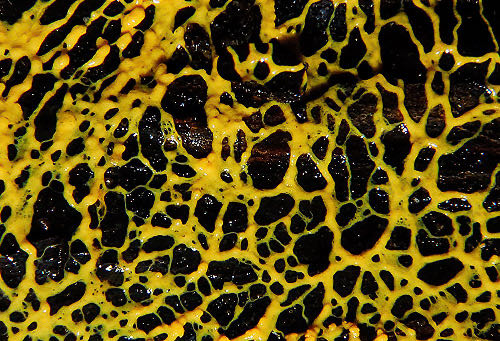
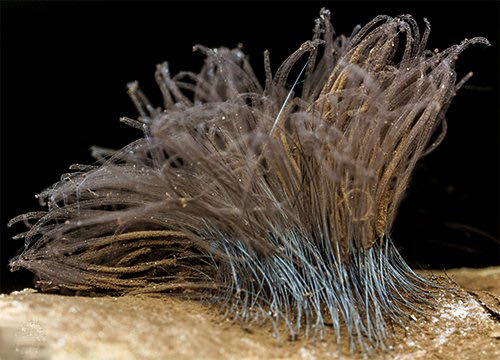
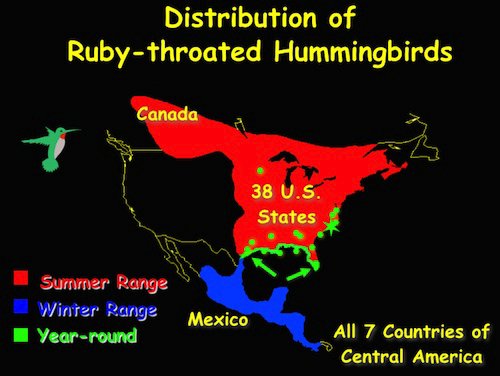
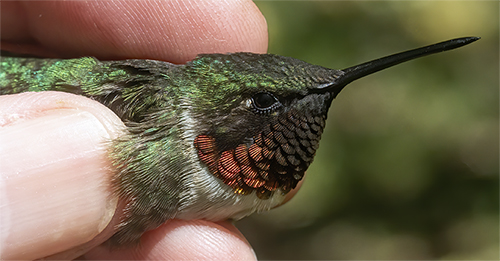
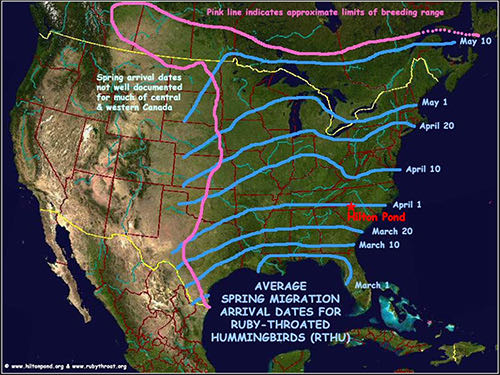
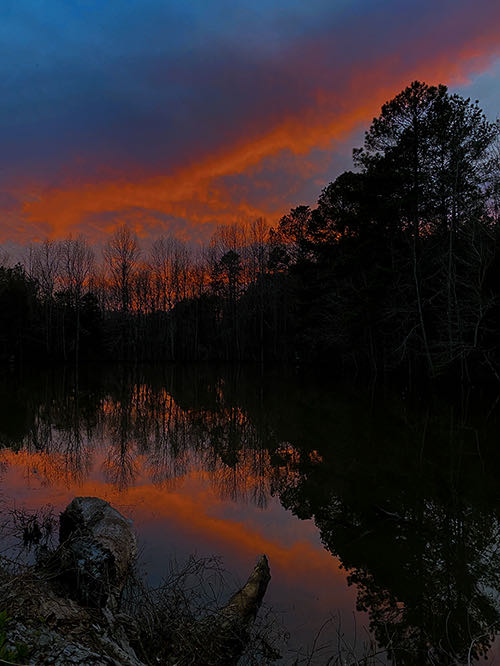











 Oct 15 to Mar 15:
Oct 15 to Mar 15: Please report your spring, summer &
Please report your spring, summer &